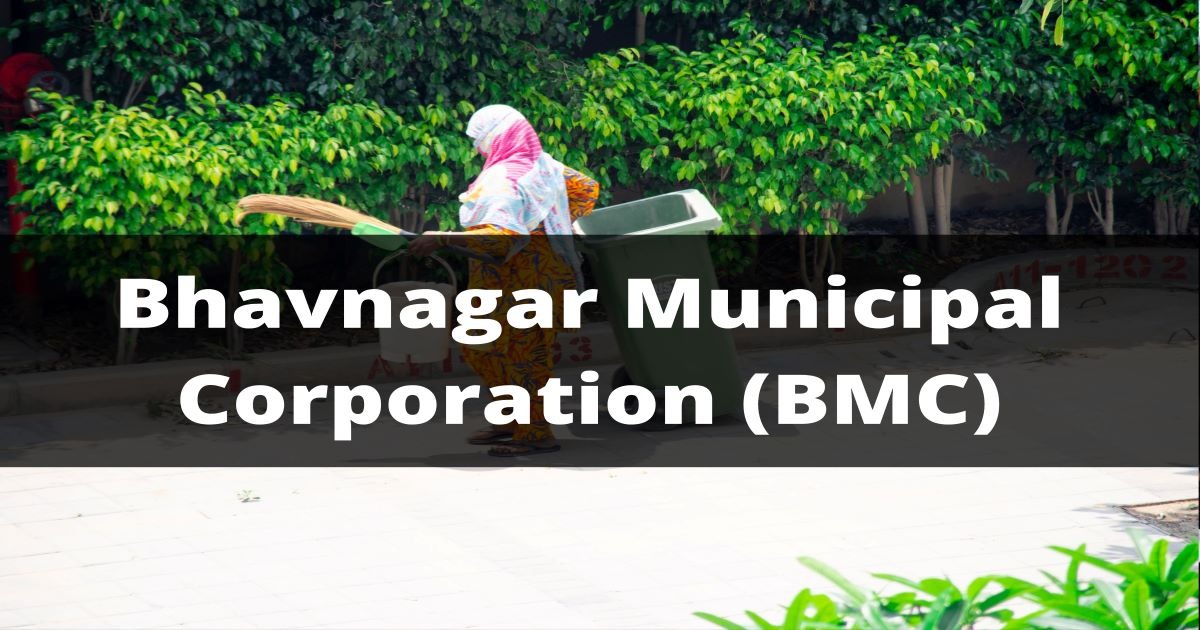The Indian rental market is witnessing a surge in rates throughout key cities, signaling a return to normalcy for the sector. However, is it a sustained trend or just a flash in the pan? Here’s taking the facts into account.
2022 has been a better year for the Indian residential rental category, with rental rates gaining momentum from Q1 itself. Rentals are already going up by 10-20% throughout leading Indian cities. This is happening with more companies agreeing to hybrid working systems and the opening of schools in most urban areas as per industry watchers. The rental housing categories in bigger cities are seeing an uptick from January 2022 as per reports. There is a steady demand rise over the last few quarters. The WFH arrangement is steadily returning to normal office working patterns. The realty sector is already seeing a jump in sales volumes and the rental category is also demonstrating great resilience currently according to many experts.
However, this is not growth on top of growth. In fact, rentals came down by 10-20% for residential properties throughout cities like Mumbai, Delhi-NCR, Chennai and Bangalore just after the COVID-19 outbreak. Ultra high-net-worth individuals seeking new homes this year is another factor that has scaled up sales figures in the luxury and ultra-luxury category as per experts. The lower COVID-19 figures throughout India and high vaccination rates are also boosting the residential rental space. With most companies getting back to normal office schedules by June this year, residential rentals will get another shot in the arm.
What Else is Happening?
- At least 50% of the mainstream workforce at IT and ITeS companies is gearing up for a return to office at least 3-4 days every week by mid-2022.
- Employees and companies are equally keen on getting back to normal workplace settings with hybrid workplace options intact.
- Organized rental players are making hay with renewed demand and bookings along with higher occupancy levels.
- Salaried professionals are the lifeblood of residential real estate and a main chunk of tenants in major cities such as Mumbai, Pune, Hyderabad or Bangalore come from industries like insurance, banking and financial services, pharmaceuticals and even technology.
- More people are looking for rentals in cities as they prepare to resume normal life. Searches have also increased countrywide as per reports.
- Even residential real estate is recovering strongly with sustained sales figures and high pent-up demand manifesting itself over the last few months.
Co-Living to Aid Rental Growth?
Co-Living is the new rental housing trend in town. While it is still not as big as co-working, it does have the potential to contribute strongly towards the recovery of the residential rental category. Here are some trends worth noting:
- Multiple brands are coming up with offerings in the co-living space with the pandemic steadily becoming a thing of the past.
- Many working professionals choose co-living spaces for staying with like-minded individuals and communities. Many of them are high-earning professionals looking to stay away from their families with all the amenities on offer. Co-living is considered a safer and convenient option in metro cities.
- The co-living segment may witness higher traction by 2024 as per several reports. With more companies choosing hybrid working models, they will naturally become chosen options for tenants.
- Brands are also coming up with spaces in prime locations which do not require hefty EMIs or rentals for individuals. This makes co-living more affordable in well-connected city areas for tenants. They are also offering better housekeeping and amenities akin to hotels including uninterrupted power, water and other facilities like community-events, pet-friendly areas, lounges, cafeterias, and more.
- The market stands a great chance of future success with 400 million+ Indian millennials ready to be tapped. Co-living will help those who are flexible with relocating for educational or professional purposes.
- It comes with zero restrictions for professionals who do not have to worry about conventional rental aspects.
- Demand is also rising for shared living communities in Tier-2 and Tier-3 markets as well. This is driven by more employment, start-ups, technology, better living standards and overall infrastructural growth.
- More developers, retail brands, commercial players and other establishments are steadily foraying into several Tier-2 and Tier-3 cities, enhancing the realty space and enhancing co-living demand considerably.
With suitable management and more organized brands in the fray, co-living could become a huge driver of growth for residential rentals in the years to come. Studies estimate 40% of current housing inventory being within the aegis of the rental space. 28% of urban families reside in rental spaces. Young professionals also bypass major expenses like home purchases early on in their careers, which leads to higher demand for rentals. Co-living spaces could attract even more hospitality and retail brands along with real estate developers in the future along with other start-ups. They offer the right mix of value, connectivity, community and convenience that Indian millennials want.




































